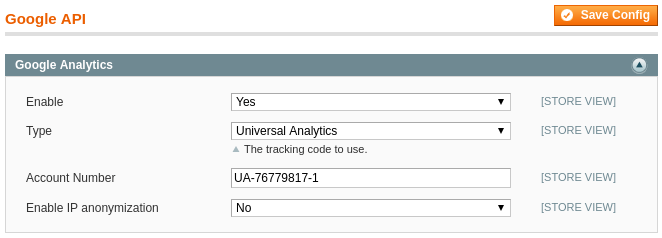

#Google amp analytics verification
You can see the example in the filter verification screenshot below.įor me this simplifies analysis of traffic data considerably. Keep in mind that filters only apply to future traffic so your historical reports from before the filter was applied will still show the duplicate URLs. In the future your analytics will show all your hits across the 3 distinct URLs rolled up into one. Let’s say you have hits like this in your analytics currently. The end effect is that all AMP URLs will be combined with their parent URL. What this will do is look at your URLs and find URLS that end with “/amp” or “/amp/” and replace them with “/”.

I tried 3 different plugins but ultimately settled on WP AMP. One thing these plugins all had in common was that they leveraged a completely separate URL for the AMP pages. This article describes the steps needed to set up an AMP Linker with Google Analytics.

This resulted in a small issue with the AMP URL in Google Analytics reports. How the AMP Client ID affects your data Synchronization of AMP Client IDs between an AMP Cache and. I learned that the hard way.I recently implemented Accelerated Mobile Pages (AMP) on my site using a WordPress plugin to take advantage of the rich snippets for SEO purposes. This article describes the steps needed to set up an AMP Linker with Google Analytics. Make sure you establish a default Workspace in Google Tag Manager, otherwise your gtag won't work. This actually might be weird for those who only have Google Analytics now and no Google Tag Manager configuration. This even works with GDPR if you add data-block-on-consent to the amp-analytics HTML element like in The actual configuration (the G tag is interpolated by Jekyll, you can simply replace it by yourself or use your preferred SSG's way of interpolation):
#Google amp analytics generator
This is Jekyll, if you use other static site generator / SSG / framework you'd need to use the particular framework's configuration method. In my _config.yml: gtag: "GTM-NPS2Q4K" ( ). The current one is described by - also cited by dasickle. The older way posted by Andrea Rapanaro in 2016 used GA property identifiers. Not just there is a Tag Manager Support but that's the primary supported way for analytics for a while now.


 0 kommentar(er)
0 kommentar(er)
